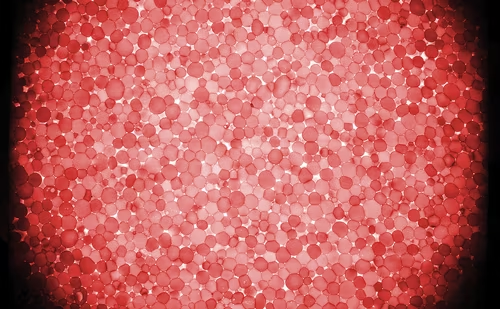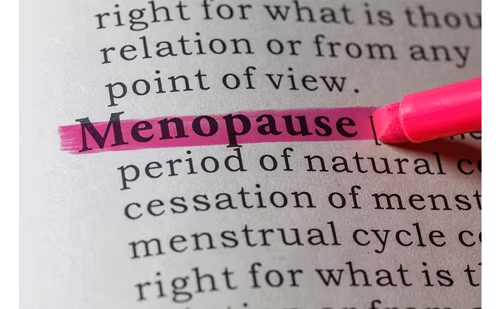Vacuum Device Therapy as a Primary Therapy
Vacuum Device Therapy as a Primary Therapy
Practitioners currently dealing with ED are taught to consider treatment of the disorder, strategizing that treatment into primary, secondary, and tertiary. Any unbiased explanation of treatment options for organic ED should begin with primary care options, vacuum device therapy, and phosphodiesterase-5 inhibitors.As physicians, it is best to not take personal bias into the consulting rooms. In discussions with colleagues, the author realizes that many people decide what treatment options the patient would not prefer in advance of consultation.The authors now regularly advise their own staff that any patient consultation for ED that does not cover vacuum therapy as a primary therapy, in terms of cost, safety, and lack of side effects, does the patient a disservice.
The author also stresses that partner involvement in the treatment decision, when possible, is often vital to the success of the treatment. Where couples are comfortable with their sexuality, it is often found that it is the female partner who is seeking the least invasive and most conservative treatment option for their male partner – and that necessarily means vacuum therapy. It also often becomes apparent that it is the female partner who is most conscious of the number of medications being taken by the male partner, and that they see vacuum devices as preferable to yet another prescription. In such circumstances, where the partner is fully supportive, the success rate of the average EDafflicted patient can be as high as 90%.
There are, in fact, very few patients who would not benefit from use of vacuum therapy devices; patients with extreme and irreversible Peyronie’s disease or fibrosis, perhaps—but even in these cases it can be claimed that some benefit can be derived. There are now vacuum therapy devices available specifically for the treatment of Peyronie’s disease alone and in combination with other drugs. Early unpublished anecdotal reports, such as that by Dr DiLoreto of the Michigan Institute of Urology, suggest that cure rates in excess of 60% are being achieved and formal studies are being planned as a result. There is evidence to suggest that post-radical prostatectomy patients can also benefit from the use of vacuum device therapy.2 When oxygenated blood is drawn into the penile tissues by a vacuum therapy device, it is believed that the nitrous oxide (NO) system of the tissue may be enhanced and, hence, help erectile function to be restored.This is a hypothesis and needs to be proven by formal studies, but it is believed that in these patients low oxygenation is one of the main reasons for vital first messenger deficiencies that contribute to atrophy of the corporeal smooth muscle. Diabetics face the same issue of low oxygenation and increased free oxygen radicals. Vacuum device therapy can also play a role here.
Most patients respond well to oral drugs, but it has also been seen that the effect of the oral medications can be enhanced when used in combination with vacuum device therapy, and vice versa.3 For the occasional patient able to achieve a usable erection with oral medication, inability to achieve engorgement of the glans and corpus spongiosum is a critical issue for them. Vacuum therapy, working in concert with the oral medication, may be able to fully restore the patient’s sense of full erectile function.
Developments in Treatment Options and Patient Education Since 1998
It has been almost 10 years since the AUA guidelines were issued. These guidelines were published shortly before the introduction of the first oral phosphodiesterase-5 inhibitors into the market. In this respect alone, the guidelines promote a treatment protocol that is in need of revision.1
The first of these drugs to be available, sildenafil citrate, was introduced in 1998, and its history since then provides data that should be considered when evaluating its potential as a treatment option for an ED patient.There are a number of patients for whom this class of agents will not work. For those who do obtain good results, a number would have had the same results had they used a placebo4—even though they are supposedly treating organic ED. This latter fact implies that ‘organic’ ED patients may not have a major physical cause of their erectile dysfunction. Some patients have contraindications to use this class of drug, such as those on nitrates or nitrites. Placement of oral medication in the hierarchy of least invasive is based upon a high safety profile. On the other hand, vacuum therapy should be considered to be primary therapy for it is the least invasive, most conservative, and least costly treatment option.
Currently, and in the last few years, ED-afflicted patients are already aware of treatment options before consulting the general practitioner (GP) or specialist. Future trends in public education will accelerate the level of public knowledge exponentially in medical issues, generally, and in ED in particular. It is therefore important that physicians carefully explain all options to patients suffering from ED, for in not so doing they are inviting an eventual credibility issue with their patients.
According to Nielsonratings.com, as of March 2005, almost 14% of the entire world’s population, some 888 million people, were connected to the internet, a figure that is expanding almost faster than it can be tabulated. In North America, 67% of the population is now connected to the internet. Medical information sources rank very highly among the types of sites accessed by these ‘connected citizens’. It is common practice for a large segment of the population to research a specific condition before they consult their GP. When ‘Peyronie’s disease’, for example, is entered into Google, the top rated internet search engine, a total of 116,000 websites are identified. ‘Kidney stones’ produces 652,000 websites and ‘erectile dysfunction’ produces 1,530,000 websites. When the ED-afflicted patient consults his physician with much of this information in mind, the physician has the added responsibility of removing bias and separating fact from fiction. These figures show, in no uncertain terms, that patients are now far better informed than in the past on medical issues, and that this trend is going to continue. The Patient – Physician Consultation for ED in the Face of the Education Revolution
Physician credibility becomes an issue when the informed patient is not advised of treatment options available that the patient’s research has already made the patient aware of. Likewise, liability becomes an issue when a patient has undergone one treatment option, only to later discover that another, and in their mind more preferable, option was available. The patient’s information gathering process does not stop once a treatment has been recommended by a physician. According to Web MD media relations director McLean Guthrie, “Of the 22 million patients who consult Web MD each month,we find that they are divided into three even groups: those recently diagnosed, those seeking to manage an existing condition for themselves or a family member, and a group we call the ‘worried well’.”*
The advisability of information-sharing with the patient has been reinforced in a recent book chapter. In that chapter, the senior author stated that “the patient and his partner who move away from oral therapy as the solution for ED should already be aware of the choice of vacuum therapy.This should have been presented to the patient in the beginning of the process – when the different therapies for ED were discussed – as one of the primary choices for the management of ED.”5
There are many options available to educate the patient ranging from simple print pieces placed in the waiting room or given to the patient to share with his/her partner in the home environment to mini-CDs or inhouse intranets with custom Web pages.







